WHY IS THIS NOT ILLEGAL?! Jervis & George glass sippy cup jar: 6,422 ppm Lead (90 is unsafe for kids) + 88 Cadmium
Introduction (for those new to this website):
Tamara Rubin is a multiple-federal-award-winning independent advocate for consumer goods safety and a documentary filmmaker. She is also a mother of Lead-poisoned children (her sons were acutely Lead-poisoned in 2005). Since 2009 Tamara has been using XRF testing — a scientific method used by the U.S. Consumer Product Safety Commission — to test consumer goods for toxicants (specifically heavy metals, including Lead, Cadmium, Mercury, Antimony, and Arsenic). All test results reported on this website are science-based, accurate, and replicable. Items are tested multiple times to confirm the test results for each component tested. For each baby bottle we tested, we also retained a sample bottle in case the manufacturer questions our results. Tamara’s work was featured in Consumer Reports Magazine in February of 2023.
When testing the “Jervis & George” brand reusable glass jar (with yellow sippy cup top) pictured here, all of the white painted markings on the outside of the glass were positive for unsafe levels of Lead (high Lead-content paint — with levels consistently above 6,000 ppm Lead). This is consistent with other products from this brand that I have tested.
This product was purchased new in September of 2018 (from Amazon). Here’s a (July 2019) current link for this product still on Amazon today: https://amzn.to/2lniCyh. This is an affiliate link* — but please do not buy this product!
The amount of Lead in the painted markings on this particular jar was higher than 5,000 ppm Lead — a level above even the regulatory threshold (minimum) by which legacy house paint is officially considered by HUD to be “Lead paint” and far, far above the modern regulatory standard of 90 ppm Lead set for the maximum allowable level of Lead in the paint or coating on children’s products!
The white-painted markings were also positive for traces of Cadmium, which is a known carcinogen. While the U.S., currently has no federal regulatory standard for Cadmium, the Cadmium levels were actually higher than the allowable regulatory standard in places that do have regulatory standards — like Denmark (75 ppm), and Washington State (40 ppm).
Continue reading below for specific details, context, and concerns as well as the exact XRF readings for the Lead levels found on the jar pictured.
Looking for an alternative?
Click here to see a good Lead-free choice!
How much Lead does paint have to have for it to be considered to be “Lead paint?”
In 1978, when Lead-based paint was legally banned (for use in residential painting applications), the maximum level of Lead set as “allowable” in the paint at that time was 600 parts per million (ppm); house paint needed to come in BELOW 600 ppm Lead to comply with the 1978 regulation. Later, that level was lowered to 90 ppm Lead. New house paint today (that I have had the opportunity to test) is generally negative for even a trace amount of Lead.
Separately, the Department of Housing and Urban Development (HUD) allocates funds to intervene and provide Lead hazard remediation in homes owned or occupied by low-income families with young children if the paint is at or ABOVE 5,000 ppm Lead (or the nearly equivalent measurement of 1 milligram of Lead per centimeter squared of the painted area). Said another way, the modern threshold for federal intervention (the level at which HUD acknowledges house paint has “way too much Lead” and is absolutely unsafe) is 5,000 ppm Lead.
Meanwhile, all the other relevant federal agencies (CDC, EPA, and CPSC) have, in recent years, finally acknowledged the long-held consensus in the scientific community — that there is actually no safe level of Lead exposure for children. Accordingly, those agencies officially adopted that explicit language.
This obviously implies that it cannot be considered “safe” to have Lead in products intended for use by children or for use with children, and accordingly, stringent regulatory standards were required to reflect this reality.
“Zero” in regulatory terms becomes “however close to ‘zero’ industry representatives say is ‘realistically feasible.'” As a result, in 2008 the Consumer Product Safety Improvement Act (CPSIA) set “90 ppm Lead” (in the paint or coatings of items intended for use by children) as the new hazard level (phased in by 2010) at or above which it is illegal to sell this item to be used by children.
Why isn’t this product illegal then?
And that is where we come to this atrocious loophole that is allowing Lead in the painted markings of baby food containers, baby bottles, sippy cups, and other items intended for children — for FOOD USE, no less.
To see more of my #LeadedBabyBottle posts, click here.
THE INSANE LOOPHOLE: Because there is so little actual paint on the surface of these jars or bottles, even though the paint has an extremely toxic level of Lead and even though federal agencies agree “no amount of Lead exposure to children is safe,” the CPSC has maintained the position that it considers the Lead paint on products like this to be “an acceptable amount of Lead paint” and therefore these products are in compliance with current (ridiculously stupid!) regulations.
What is the solution?
What should the consumer do?
What should the company do?
Consumers should consider tossing these products or returning them for a refund. Read more about that here. Consumers should also make a complaint to the CPSC.
This case is especially egregious as the company is denying the jars have Lead (in correspondence with customers since an article was first published with test results on this brand on 9/16/18) AND they advertise them as being “Lead-free” (so customers are specifically purchasing them in order to have a Lead-free option!).
Below is a screenshot of their language on Amazon as of July 2019 — people are buying these products BECAUSE they assume they are non-toxic. This is, simply put, false advertising.
To read my correspondence with the CPSC on this matter, click here.
The company should recall the product (officially, making a public statement) and offer refunds or replacement Lead-free products to their customers. There is no reason for Lead paint to be used on these products. They have many other options to fix the problem in their products:
- Lead-free paints are readily available and used by brands that know better (Avent, for example).
- Alternatively, markings can be made as a feature of the glass without using any paint at all.
- With modern technology, it is also possible to inexpensively etch the markings into the glass (as a reasonable alternative to using a paint or coating that may be harder to monitor or regulate over time).
Exactly how much Lead (and Cadmium) was found on these jars anyway?
All that said, this particular child’s sippy cup jar had the following Lead readings:
The white painted markings on the glass:
- Lead (Pb): 6,422 +/- 157 ppm
- Cadmium (Cd): 88 +/- 10 ppm
- Barium (Ba): 216 +/- 49 ppm
- Zinc (Zn): 46 +/- 18 ppm
- Titanium (Ti): 12,000 +/- 500 ppm
The yellow top:
- Copper (Cu): 25 +/- 13 ppm
- Iron (Fe): 36 +/- 20 ppm
- Titanium (Ti): 2,732 +/- 317 ppm
The yellow straw:
- Barium (Ba): 613 +/- 212 ppm
- Zinc (Zn): 75 +/- 15 ppm
- Iron (Fe): 65 +/- 34 ppm
Note: All tests reported on this website are science-based and replicable. Tests are done for a minimum of 60 seconds each, using a Niton XL3T, testing in “Consumer Goods” mode. If a specific metal is not listed, that means that particular metal was not detected using an XRF instrument in consumer goods mode.
Continue reading below the image.
It is also very important to note that the nature of the logo/ printing on the outside of these jars (see above image) is that the thin lines of paint don’t fill up the scope (testing window) of the XRF instrument. As a result, the reading of 6,422 is artificially lowered — given there is so much bare unpainted glass space between the letters. Were the paint to be tested on its own (removed from the glass substrate of the jar) it would likely — based on my experience — test positive for Lead at levels at or above 25,000 to 30,000 ppm.
To see more items I have tested with an XRF instrument, click here.
Who funds this work?
(The testing you do and report here on this site?)
I couldn’t do what I do without contributions from my readers. The cost of renting an XRF instrument to do this type of testing can be $500-$700 per day and I am still working on chipping away at paying a $5,000 XRF rental bill from last year.
To my knowledge, no one else is currently doing the depth and breadth of independent consumer goods testing that I am (no individual nor public agency for that matter!). If you appreciate this work (if you find it valuable and helpful), please consider chipping in to help cover some of my advocacy costs. A gift of any amount WILL make a difference! Thank you. (Chip-In Link.)
As always, thank you for reading and for sharing.
Please let me know if you have any questions!
Tamara Rubin
#LeadSafeMama
*Amazon links are affiliate links. If you purchase something after clicking on one of my links I may receive a small percentage of what you spend at no extra cost to you.


Never Miss an Important Article Again!
Join our Email List








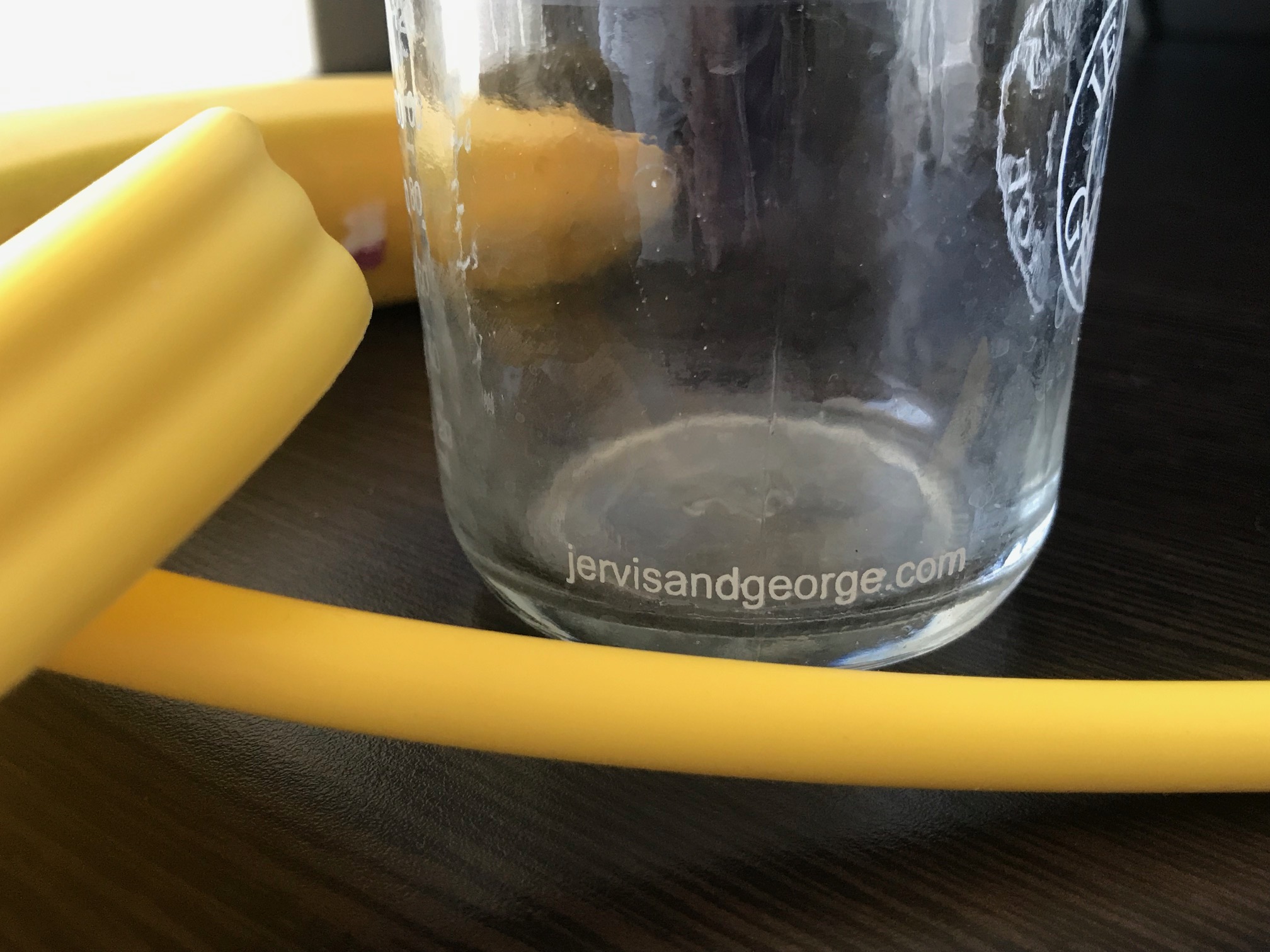
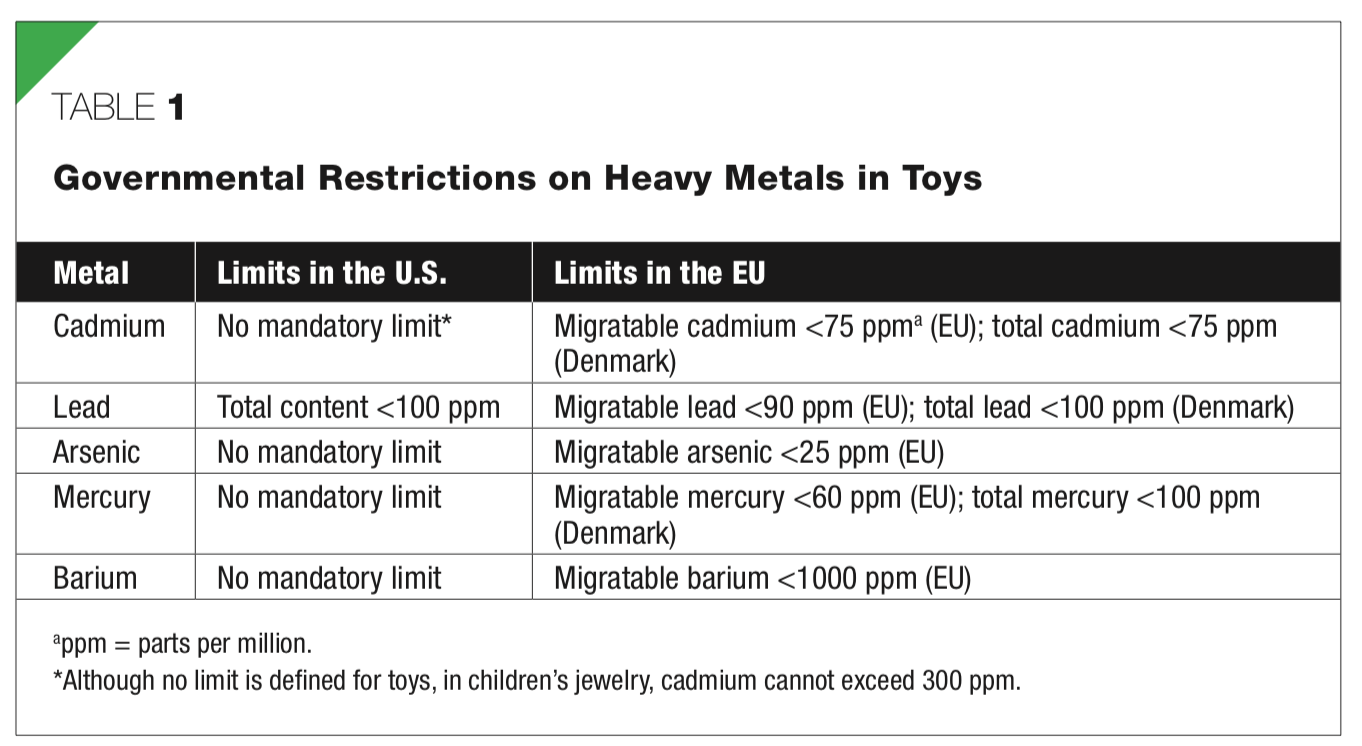
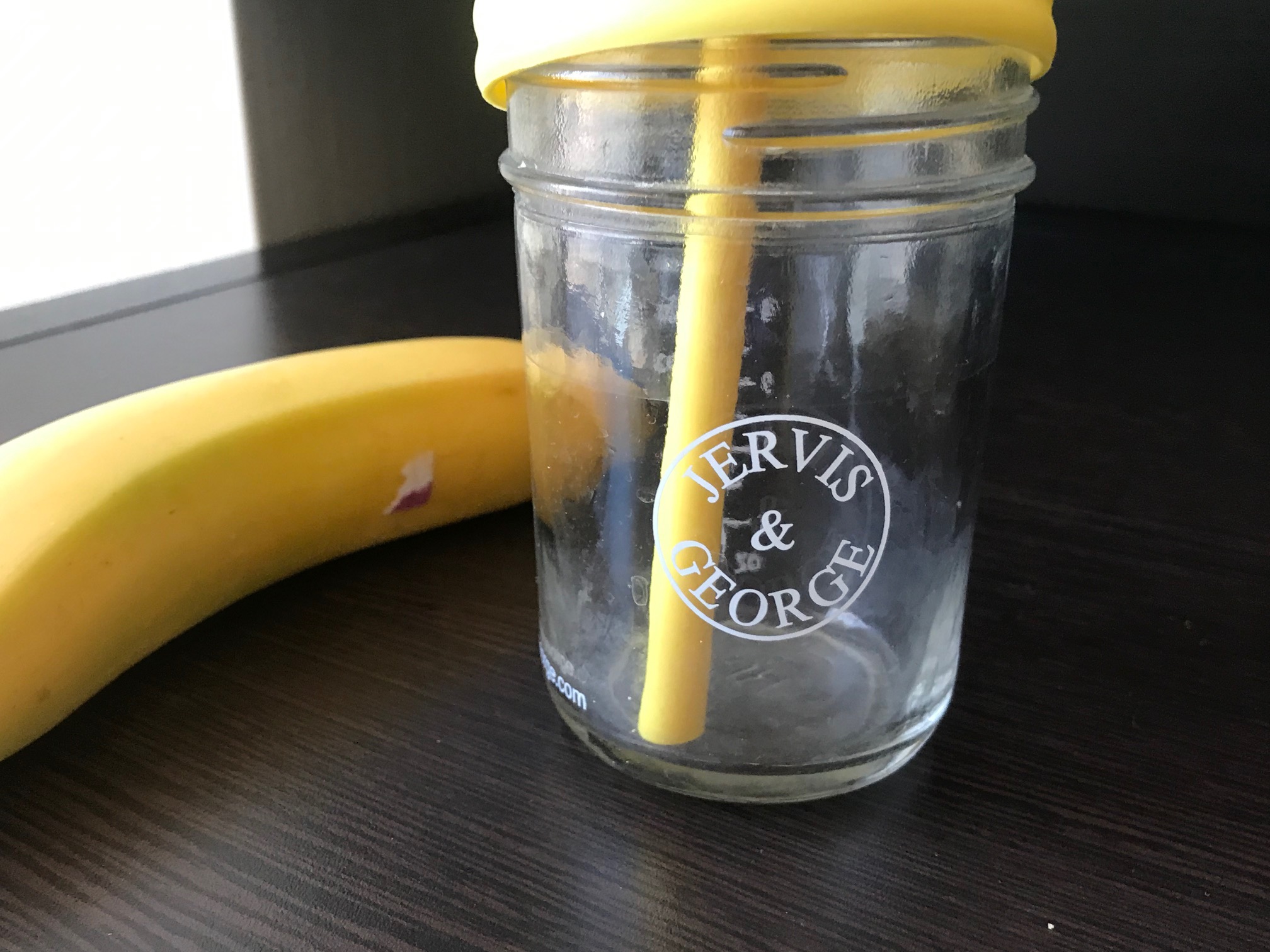
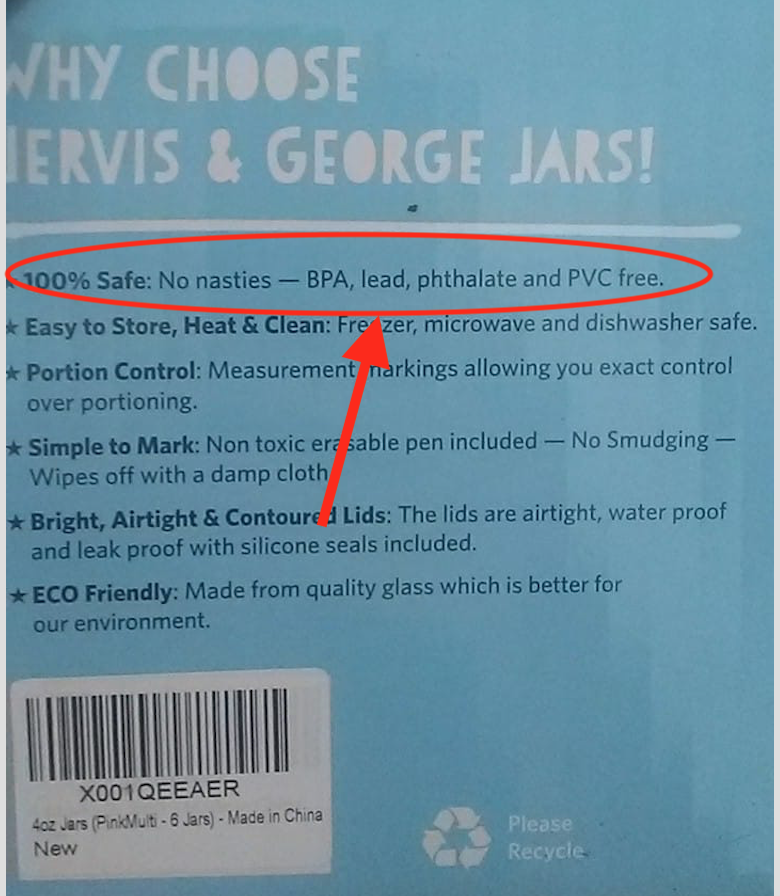
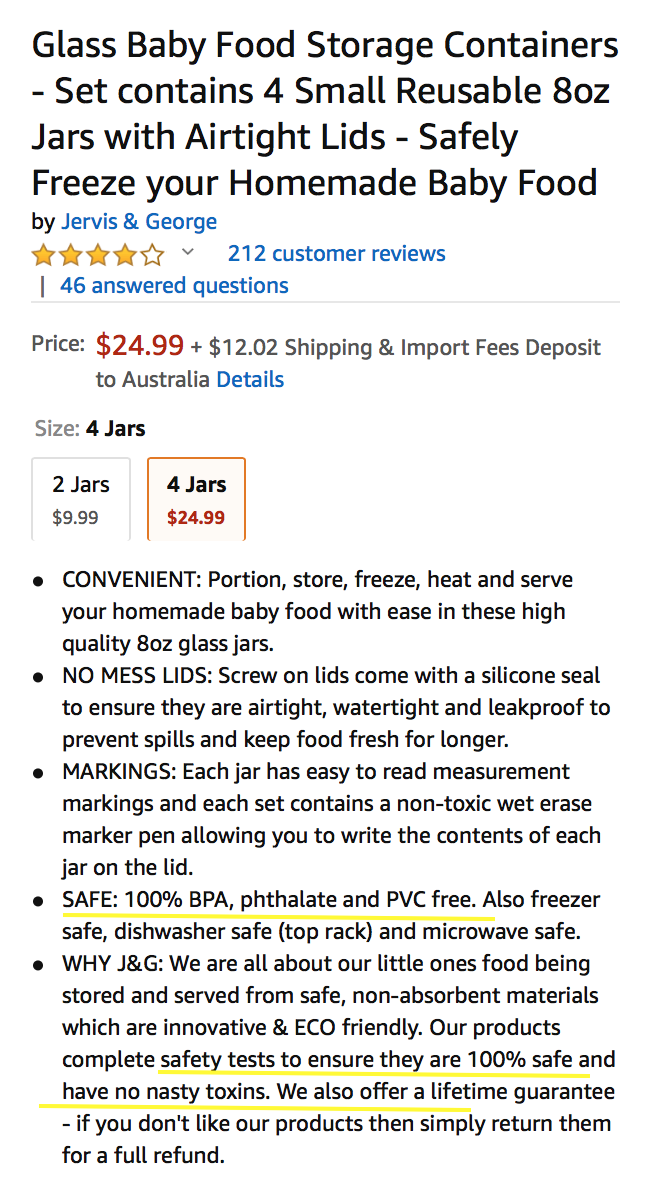
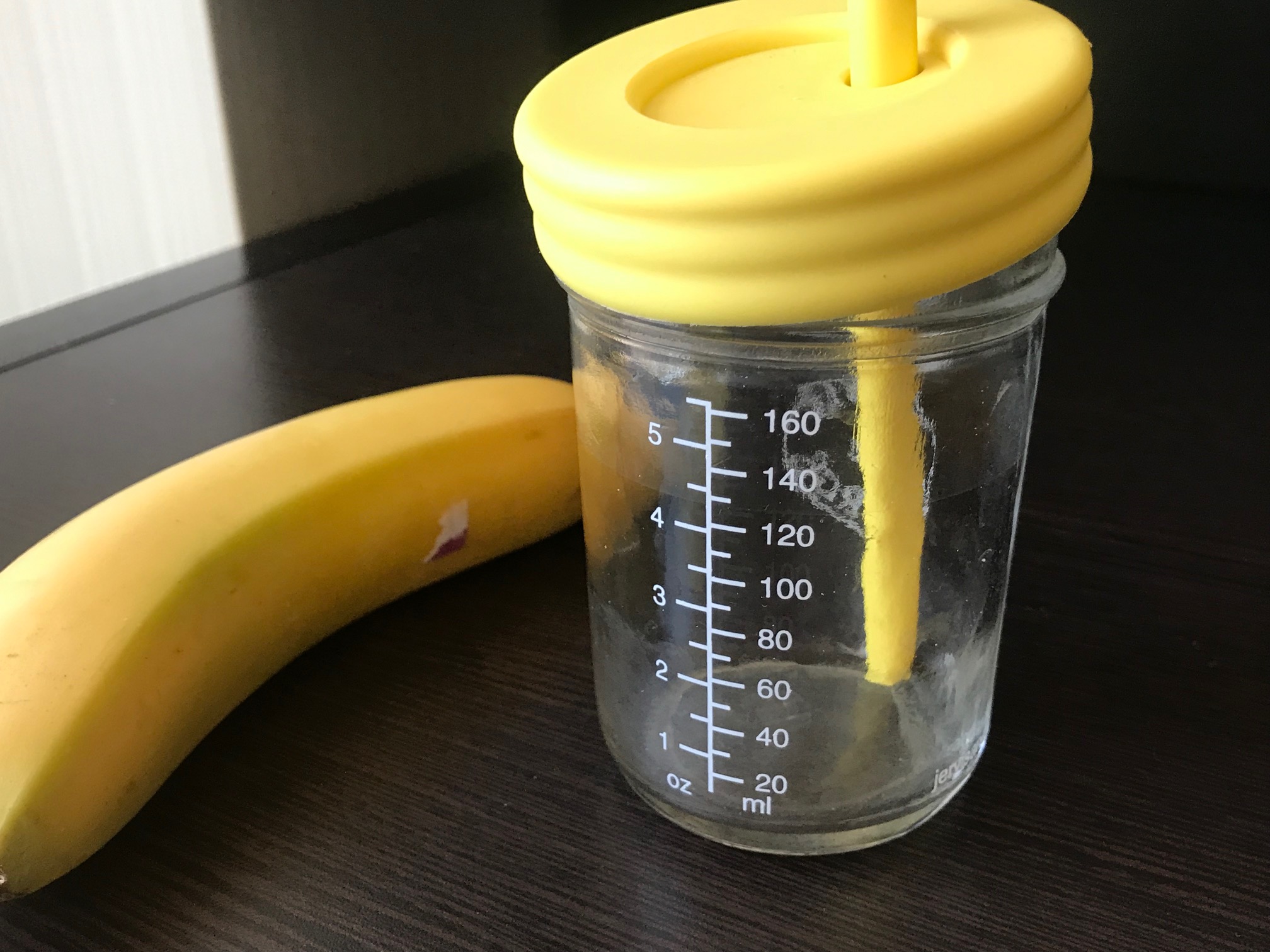
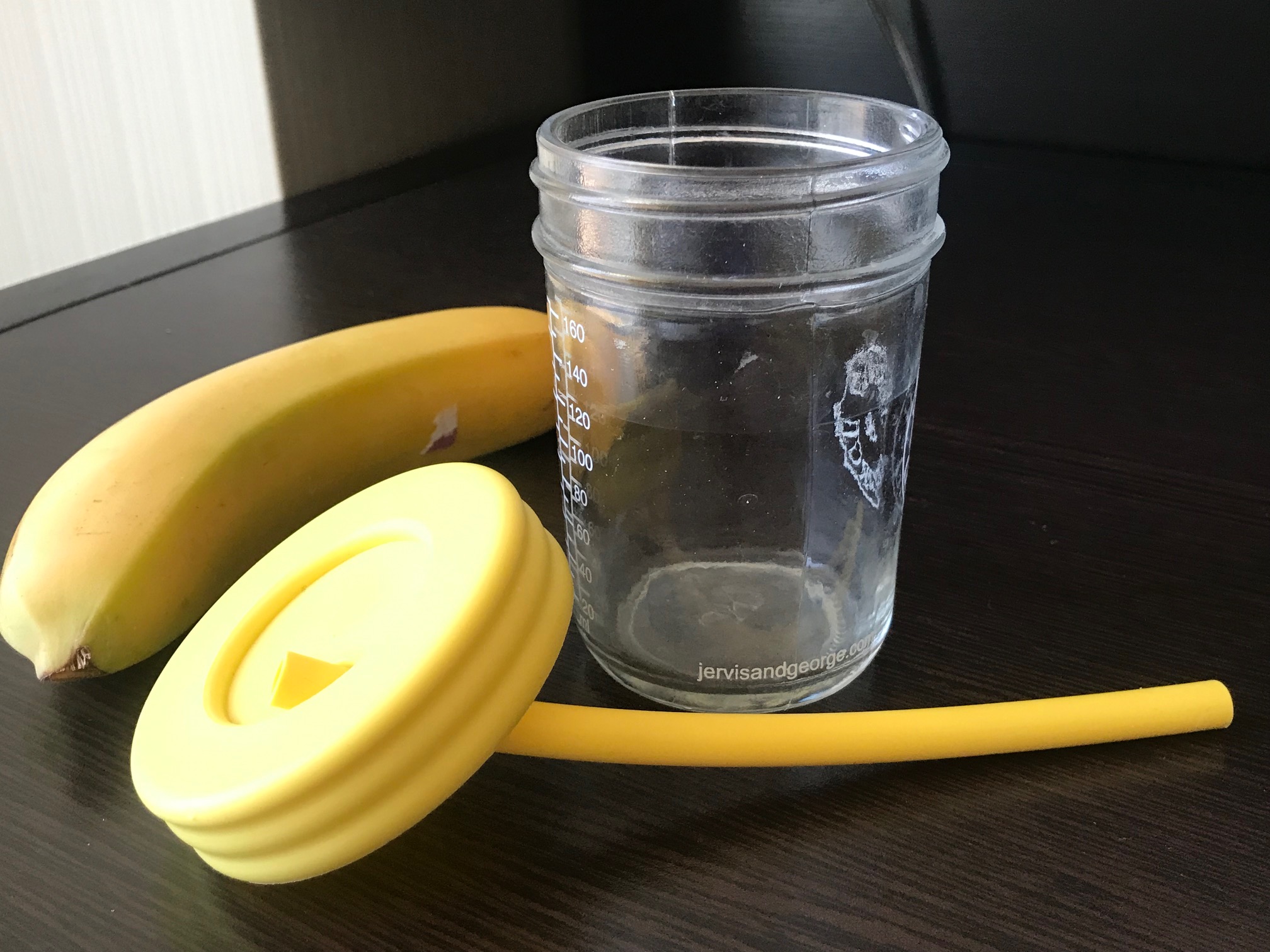
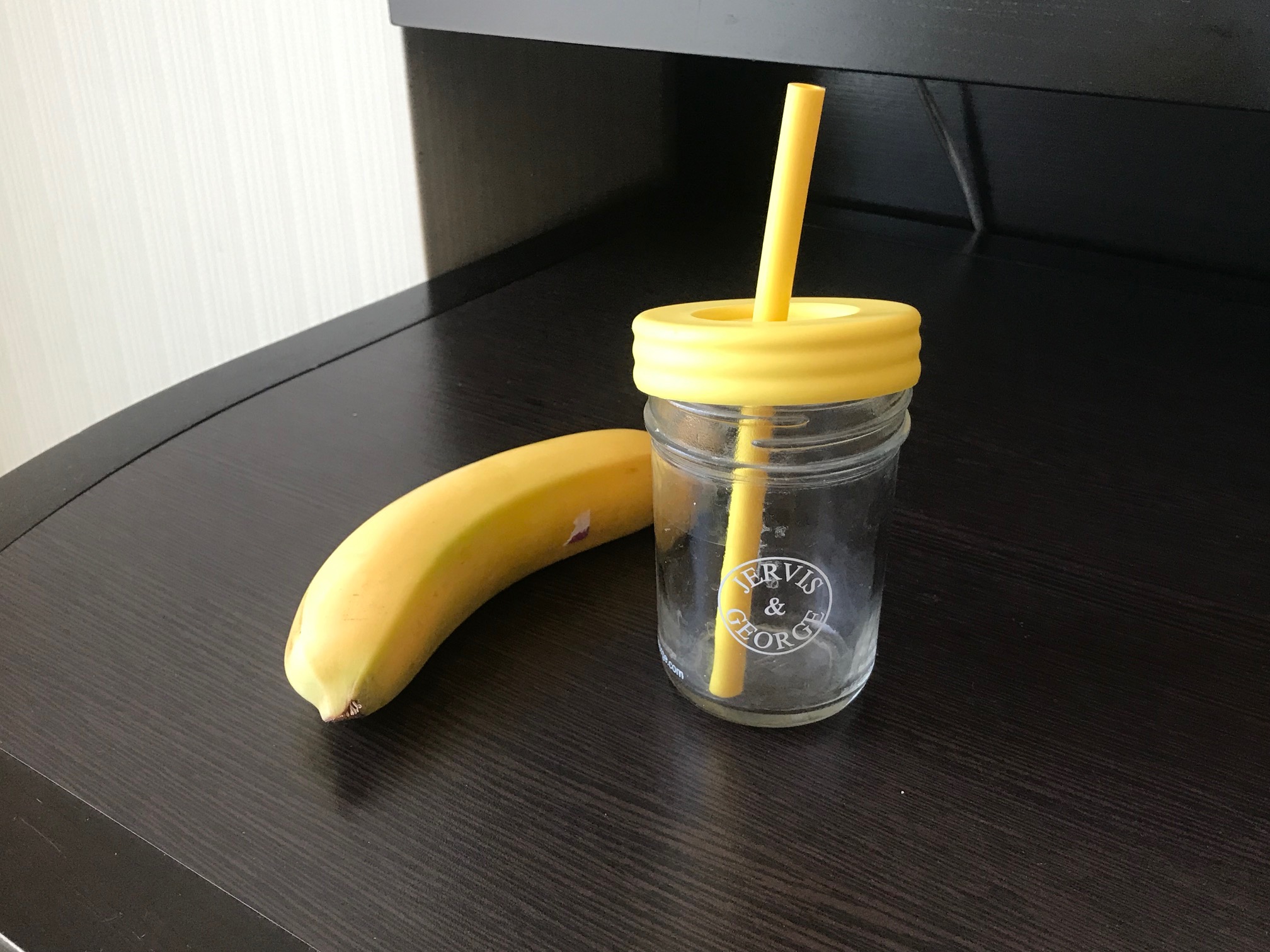

I bought a set of silicone tops/straws similar to this yellow one for my small mason jars. I bought off Amazon and they are multiple colors. Are they safe? I see you list findings for them but they are black and not in red writing. I get that red writing is bad, but is the black letting safe or just not as bad as the red?
I bought these exact jars to store breastmilk in and have been recently using them for my toddlers snacks. I’m sick to my stomach!!
Hi Kim! Yeah –
That’s why I shared this again today, because I realize a lot of people probably still have these.
Here’s a response that I got from the company after initially publishing the results (but my understanding is that you can still purchase Lead-containing stock): https://tamararubin.com/2019/09/tonight-i-got-an-amazing-response-from-jervis-george-regarding-the-lead-painted-markings-on-their-baby-feeding-products-please-read-it/
Tamara
Hi,
I stumbled across your blog when researching safe alternatives to plastic for my kids. I found Elk and Friends on amazon (previously Jervis and George) and it seema to be the best option. However, the lids they provide are still plastic…and the straws silicone. Do you have any insight into the safety of these parts of their product? Thank you!!
Is it ok if markings are on outside and just I touch it or should I throw all of the baby food away?
Sorry duplicate previous email was incorrect
For anyone else with the same question you would have to decide for yourself if the risk is worth it. The issue with them being on the outside is a child could touch it and then put their hands in their mouth, possibly ingesting minute amounts of lead.
While Tamara has never advocated that a specific product will 100% poison your child, there is a very real possibility of lead building up in their system if they regularly use a product like this. This would be on top of any other possible exposure.
Sorry I think I miss read; I thought you were asking about throwing the jars away.
But again you would have to decide for yourself. As long as the baby food did not come in contact with the markings or anything that touched the markings it’s probably okay. But if you have another option it would be safest to stop using these. In the meantime perhaps only use them to store food, not to serve.
If I purchased this product and glass is embossed and not painted, is it leaf safe?
Thanks!
Did you happen to test their jars after they rebranded? I, like you, am trying to find lead free stuff for the kids to drink out of, and unfortunately some of the stainless steel cups/canteens I have dinged for lead so I feel there are no options besides teaching my 1 year old to drink out of a glass cup. https://amzn.to/3saSUgO
thanks, Johanna
Hi, Tamara! Did you happen to test the glass of this jar for lead? These look almost identical to the Mason Bottle Breastmilk Storage Jars we’ve been using, but they have embossed logos and measurement markings. I wonder if the jars are the same.
https://masonbottle.com/products/glass-breast-milk-storage-jars-4-oz-and-8-oz?variant=37652723695766¤cy=USD&utm_medium=product_sync&utm_source=google&utm_content=sag_organic&utm_campaign=sag_organic&wickedsource=google&wickedid=EAIaIQobChMI5Y6It6Wz_AIVx_fjBx3vdAaGEAQYASABEgICzvD_BwE&wickedid=&wcid=17052617208&wv=4&gclid=EAIaIQobChMI5Y6It6Wz_AIVx_fjBx3vdAaGEAQYASABEgICzvD_BwE